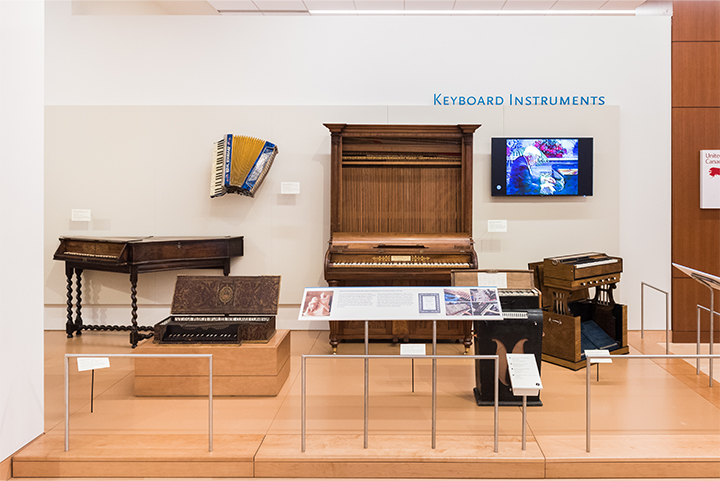The Evolution of the Piano
The Evolution of the Piano

Before the piano it was inspired by the roots of string instruments. The vibrating strings produce tones at different tensions and lengths. The instruments that helped create the evolution of the piano is the hammered dulcimer, the clavichord, and the harpsichord.
The hammered dulcimer is a type of instrument that is a zither, a stringed musical instrument and the strings are the length of a soundboard. The shape is the size of a flat shallow sound box which across there is about 30 or 40 gut metal strings are stretched. This was one of the first instruments to use strings, a soundboard and produce musical tones.
The dulcimer led to the invention of the clavichord. The clavichord were never loud enough to preform with them but they were helpful to use for practicing.
After the clavichord came the harpsichord. The harpsichord also had a keyboard, when you pressed on the keys it would create an activation of a row of jacks that lift to pluck individual strings with a small plectrum that is made from quill or plastic.
The first piano was created out of an attempt to enhance the harpsichord. The piano was invented in Padua Italy and renewed by Bartolomeo Cristofori in he 1700s. Before the piano was named the piano it was referred to the "harpsichord that plays soft and loud". It was called this because of the instruments ability to change its volume according to the pressure on the keys, this was not available on the harpsichord. In the 1800s the piano started to make its mark as go-to keyboard. Cristofori refined the piano over the years, his pianos were responsive and featured a wide dynamic range, it allowed for players to express themselves like never before. Pianos also led way for a variety of unique keyboards, like the mechanical keyboards, electric keyboards and synthesizers.
“The Origins of the Piano the Story of the Piano’s Invention.” The Origins of the Piano:The Story of the Piano’s Invention - Musical Instrument Guide - Yamaha Corporation, https://www.yamaha.com/en/musical_instrument_guide/piano/structure/. Accessed 15 Oct. 2024.
Wong, Jayme. “Exploring the History of the Piano.” Musical Instrument Museum, 29 Mar. 2023, https://mim.org/exploring-the-history-of-the-piano/
“Zither.” Encyclopædia Britannica, Encyclopædia Britannica, inc., https://www.britannica.com/art/zither Accessed 15 Oct. 2024.
Hello, I ave never heard of the hammered dulcimer! That's pretty neat, I looked up some photos of it and I don't believe that I've ever seen one before. I knew about the harpsichord and clavichord from previous classes. I like the different sound that the harpsichord produced. I found both the piano and harpsichord playing "Cannon in D" and if you listen, they sound so incredibly different.
ReplyDeletePiano: https://www.youtube.com/watch?v=6jSLH9CDPPQ
Harpsichord: https://www.youtube.com/watch?app=desktop&v=sYNo8F6kl4c
What a fantastic post! I love how you traced the evolution of the piano from its earliest stringed instrument ancestors like the hammered dulcimer, clavichord, and harpsichord. You did a great job showing how each instrument played a key role in developing the piano we know and love today. Amazing!
ReplyDeleteHi Mackenzie! I loved your post. I have always enjoyed listening to pianos and have always found them to be so eloquent. Your post did a great job at high lighting the history of pianos and their progression to the current day. I would have been super interested in a deeper description of the keyboard family. Your post was amazing!
ReplyDelete